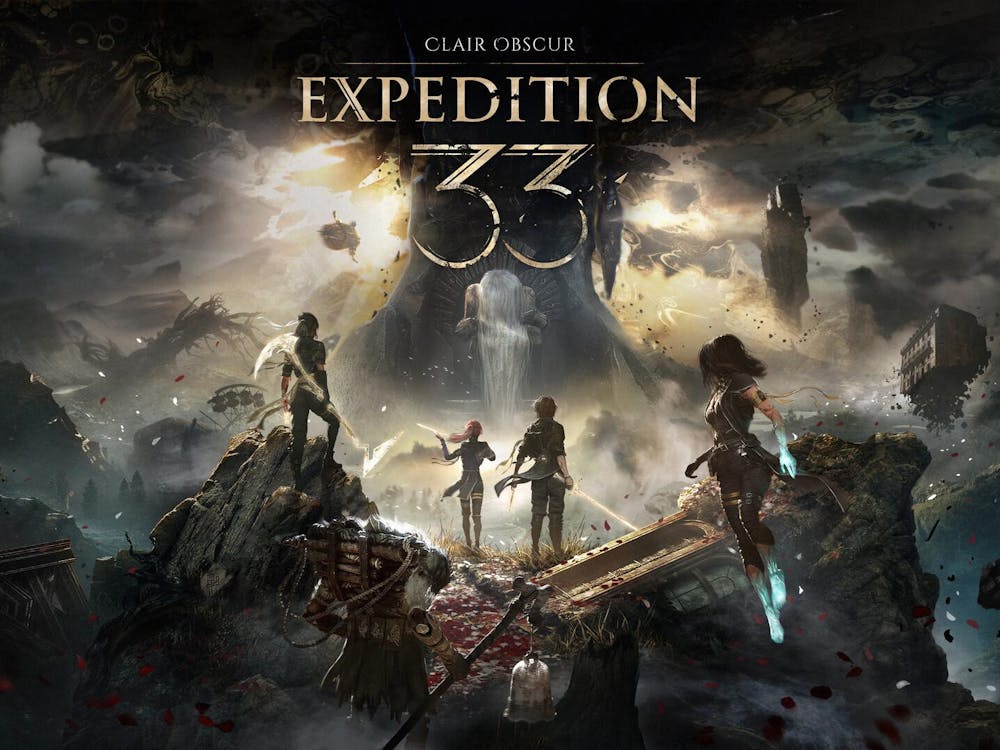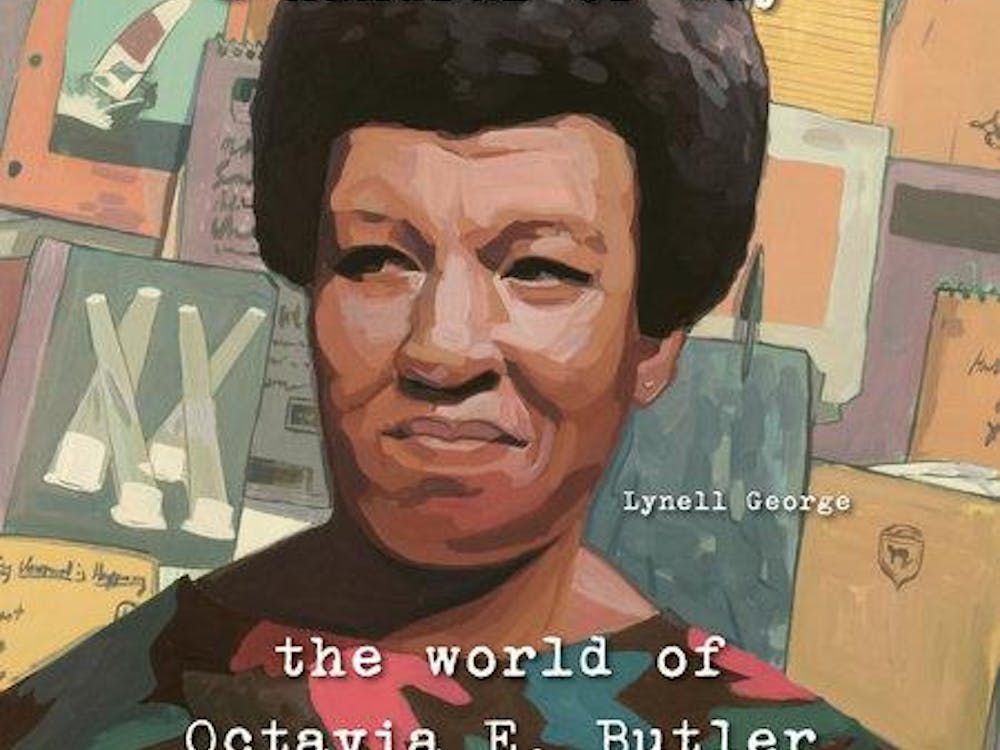by Lucas Schmidt
Shadow of Mordor is an exceptional game that brings some of the best elements of modern open-world action games into the the world of Middle-earth. With its cliffhanger ending and positive critical reception, Monolith Productions is likely to have another journey to Middle-earth ready for us within a few years. These are the five things that the sequel should have in it.
A more intricate nemesis system
Heralded by many as the defining element of Shadow of Mordor, the nemesis system is unlike anything seen before. While other developers are sure to copy this system, Monolith has already staked their claim as the originators and would do well to add additional layers of complexity and control to it.
Imagine if the orcs under your control could follow commands similar to those of a real-time strategy game. Rather than giving a single command to a single orc, you could give a diverse range of commands to numerous orc captains with all of their soldiers following close behind.
An expansion in options for commanding your orcs is a must for a sequel. Every command you give in Shadow of Mordor can only be completed if you are present when they follow through on said command. In order for your branded captain to betray their war chief, you must be present for the betrayal. It would be incredible to be able to send orcs on missions and complete them independently. They could either return to you with a reward, perish in their attempt, or even return to you with an angry mob hot on their trail.
Also, is it too much to ask to have a personal bodyguard who follows you around and can obey real-time commands?
More buildings in the environment
Most of Mordor’s land is open ranges and plateaus with small ruins and camps scattered about. They add a greater sense of scale to the world, but the real excitement happens in the orc strongholds. Sneaking across rooftops and through alleys to eliminate loners, then fighting 20 orcs and a few captains in a massive brawl is always intense. The sequel needs more of this but on a larger scale and with more options in which to navigate these strongholds, fortresses, or whatever they may be.
A city that’s been overrun with orcs is the perfect job for Talion, but with such a large population it would be suicide to charge in and fight them all. Instead, sections of the city could be taken under your control by branding captains. The city’s infrastructure could be weakened by cutting off their food supplies, burning down buildings, freeing slaves, and hanging the corpses of orc leaders in public to put fear into the hearts of their followers.
A departure from the well-known Tolkien lore
Most Middle-earth movies and video games don’t stray far from either The Hobbit or The Lord of the Rings, but there’s much more to the world of Middle-earth than the lands and the events that transpire during those two stories. If Monolith truly wants to make its mark on the lore it will move its setting away from the limited time and location that most modern Middle-earth stories are told.
Characters that we can care about
The biggest issue with Shadow of Mordor was its shallow story and the bland characters that moved it along. Talion encountered less characters than can be counted on two hands, and every one of them either requested that he slay orcs, or retrieve an artifact (sometimes both). Conversations were brief, they never provided insight into the personalities of these individuals, and only existed to provide context for your next orc-slaying mission.
From the relentlessly optimistic best friend Samwise Gamgee, to the unexpected friendship of Legolas and Gimli, and the pitiful demise of Boromir, Middle-earth is littered with evocative characters. The source material sets the bar high for Monolith and it can’t be expected of them to craft stories on par with it, but surely they can give us a game where the most interesting character isn't a Smeagol cameo.
Cooperative mode
The fact that Shadow of Mordor contains two protagonists connected by one body makes a cooperative mode a plausible addition for a sequel. One player controls Talion, the other controls Celebrimbor. Both characters have abilities that the other lacks, and would make working in tandem a necessity for success. Talion could dive into the action, taking out enemies with his sword and dagger while Celebrimbor would assist with arrows from a distance and brand orcs to have them fight for them.
This co-op probably wouldn’t work well as part of the main story, but if it were an external addition, friends could team up after completing the story and continue to slaughter the forces of Sauron together, like true friends do.
Monolith created the F.E.A.R. series, and even though development of F.E.A.R. 3 was handed to Day One Studios, it’s worth noting that it included a cooperative mode similar to what the Shadow of Mordor sequel could use. One player controlled the traditional gun-wielding soldier, while the other controlled a psychic who could kill and disable enemies from range, and even posses them.
Sequels are tricky to create, and there’s no guaranteed method to make one that pleases both fans and newcomers. But if Monolith addresses the few issues the series has, and adds elements that bring some substantial growth to the already impressive gameplay, the sequel could easily become an instant classic.
Also...arrows that can pass through and kill multiple enemies
It’s as simple as that. I want my arrows to eventually be so powerful that they can pass through a horde of enemies and I can watch half dozen of them drop to the ground.





















